Mastering Early Season Whitetail Scouting: Your Ultimate Guide
As the early season approaches, whitetail hunters know that preparation is key to a successful hunt. Scouting during this time is crucial for understanding deer behavior and setting up for a productive season. In this blog post, we'll dive into essential early season whitetail scouting tactics, including understanding deer behavior, using trail cameras, identifying food sources, and setting up observation stands. Let's get started!
Understanding Deer Behavior
Early season whitetail behavior is largely influenced by food availability, weather patterns, and social dynamics. Here are a few key points to consider:
- Feeding Patterns: During the early season, whitetails are primarily focused on feeding to build up energy reserves for the rut and winter. They often follow predictable feeding schedules, usually feeding in the early morning and late evening.
- Travel Routes: Deer use well-worn trails to move between bedding and feeding areas. Identifying these travel routes can provide valuable insight into their daily routines.
- Social Structure: Bucks are still in their bachelor groups, which can make them more predictable. Understanding the hierarchy and behavior of these groups can help you pinpoint their movements.
Using Trail Cameras
Trail cameras are an invaluable tool for early season scouting. They allow you to monitor deer activity without disturbing their habitat. Here are some tips for using trail cameras effectively:
- Placement: Set up cameras along travel routes, near food sources, and around water sources. These high-traffic areas will give you the best chance of capturing deer activity.
- Timing: Check your cameras regularly, but avoid doing so too frequently to minimize disturbance. Consider using a scent control product to reduce human odor.
- Angle and Height: Position your cameras at a height of 3-4 feet and angle them slightly downward to get the best field of view. Ensure that branches or foliage are not obstructing the lens.
Identifying Food Sources
Food sources play a critical role in early season scouting. Deer are heavily focused on feeding, and understanding what they are eating can guide your scouting efforts. Here’s what to look for:
- Natural Food Sources: Identify key natural food sources like acorns, berries, and other mast crops. These are often abundant in the early season and can attract deer.
- Agricultural Fields: Crops like soybeans, corn, and alfalfa are prime food sources for deer. Scout field edges and transition zones where deer enter and exit.
- Food Plots: If you have access to managed properties with food plots, these can be hotspots for deer activity. Look for signs of feeding and fresh tracks.
Setting Up Observation Stands
Observation stands are excellent for early season scouting as they allow you to watch deer behavior from a distance without disturbing them. Here are some key considerations:
- Location: Set up stands downwind of travel routes, food sources, and bedding areas. This helps to minimize your scent reaching the deer.
- Height: Position your stand at a height that provides a clear view of the area. Typically, 15-20 feet high is ideal for maintaining a good vantage point.
- Concealment: Ensure your stand is well-concealed with natural cover or camouflage. Avoid skyline silhouettes by placing your stand against a tree or in thick foliage.
Final Thoughts
Early season whitetail scouting is all about gathering as much information as possible without disrupting the deer’s natural behavior. By understanding their behavior, utilizing trail cameras, identifying key food sources, and strategically setting up observation stands, you can maximize your chances of success this hunting season. Remember, patience and persistence are key. Happy scouting, and good luck out there!
For more tips and insights on whitetail scouting and hunting strategies, be sure to follow our blog. Feel free to share your own experiences and tips in the comments below!

